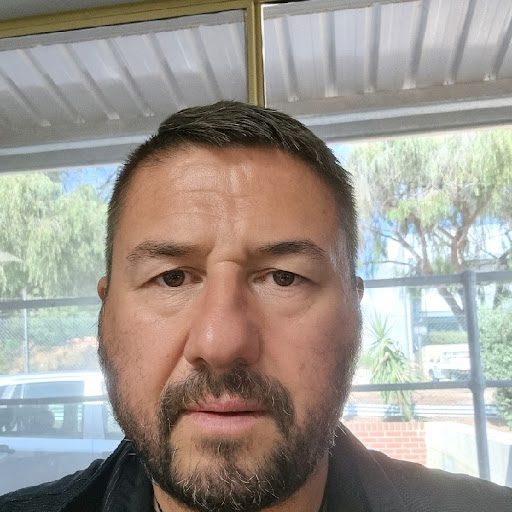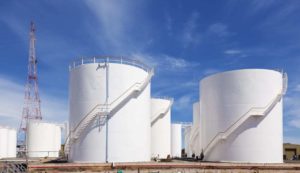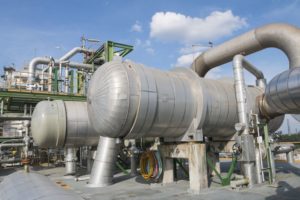Table of Contents
In the crucial realm of industrial maintenance and safety, Non Destructive Testing (NDT), or NDT testing, stands as a cornerstone for ensuring the structural integrity and operational efficacy of storage tanks. At Origin Endeavours, we are at the forefront of adopting and innovating NDT techniques to uphold our stringent safety and efficiency standards. This blog explores the latest developments in NDT, highlighting their pivotal role in tank inspections and explaining what non destructive testing entails.
What is Non Destructive Testing (NDT)?
Non Destructive Testing (NDT), often referred to simply as NDT, encompasses a range of scientific methods used to evaluate the condition of materials and structures without causing any damage. This field is fundamental to preventive maintenance strategies across various industries, allowing for the early detection of potential failures and ensuring that equipment continues to operate safely and efficiently. Among the most common NDT methods are ultrasonic, magnetic-particle, liquid penetrant, and eddy-current testing.
The Evolution and Importance of NDT Tests
The evolution of NDT reflects a growing emphasis on sustainability and safety in industrial operations. As infrastructure ages and regulatory requirements become more stringent, the demand for more precise and reliable testing methods increases. NDT tests are critical in this context, providing insights into material integrity without the need for disruptive and costly dismantling.
Recent Advancements in NDT Tests for Tank Inspection
1. Phased Array Ultrasonic Testing (PAUT)
Phased Array Ultrasonic Testing is an enhanced form of ultrasonic NDT testing that employs multiple ultrasonic elements and electronic time delays to create beams that can be steered, scanned, swept, and focused electronically. PAUT increases the probability of detection for small flaws in complex geometries and provides detailed imaging that assists in accurate decision-making regarding tank integrity.
2. Time of Flight Diffraction (TOFD)
Time of Flight Diffraction is renowned for its accuracy in detecting and sizing flaws within structures. TOFD systems use a pair of ultrasonic probes, situated on opposite sides of a weld joint or area of interest, to detect flaw positions based on the time of flight of ultrasonic waves. This method is highly effective for critical safety assessments in NDT tests for tank inspections.
3. Drones and Robotics
The integration of drones and robotic systems in NDT represents a significant shift towards more autonomous, continuous inspection processes. These technologies can safely and efficiently inspect hard-to-reach areas, delivering real-time data that can be used to monitor tanks more frequently and with greater accuracy, thus significantly reducing human exposure to dangerous environments.
The Comprehensive Impact of NDT Innovations
The broader implementation of advanced NDT techniques such as PAUT, and TOFD not only enhances the safety and efficiency of tank inspections but also aligns with global trends towards greater automation and data integration in maintenance. These methods enable more predictive maintenance strategies, allowing companies to anticipate failures before they occur and schedule repairs without disrupting normal operations.
The Future of Non Destructive Testing in Tank Inspection
Looking ahead, the future of NDT in tank inspection is set to be driven by further technological integration and innovation. Artificial intelligence and machine learning are beginning to play roles in analysing data collected via NDT, potentially leading to even faster and more accurate interpretations.
As these technologies evolve, they promise to further enhance the capabilities of non destructive testing, ensuring that industries not only keep pace with current demands but are also prepared for future challenges.
Conclusion
Non Destructive Testing is essential for maintaining the safety and reliability of industrial tanks. Innovations in NDT techniques set new benchmarks in inspection methods, ensuring comprehensive maintenance practices that support operational continuity and safety compliance.
Origin Endeavours continues to lead the charge in adopting these sophisticated technologies, demonstrating a commitment to excellence and safety in every aspect of our operations. Understanding what non destructive testing is and staying abreast of its advancements is crucial for any industry committed to maintaining high standards of safety and operational integrity.





